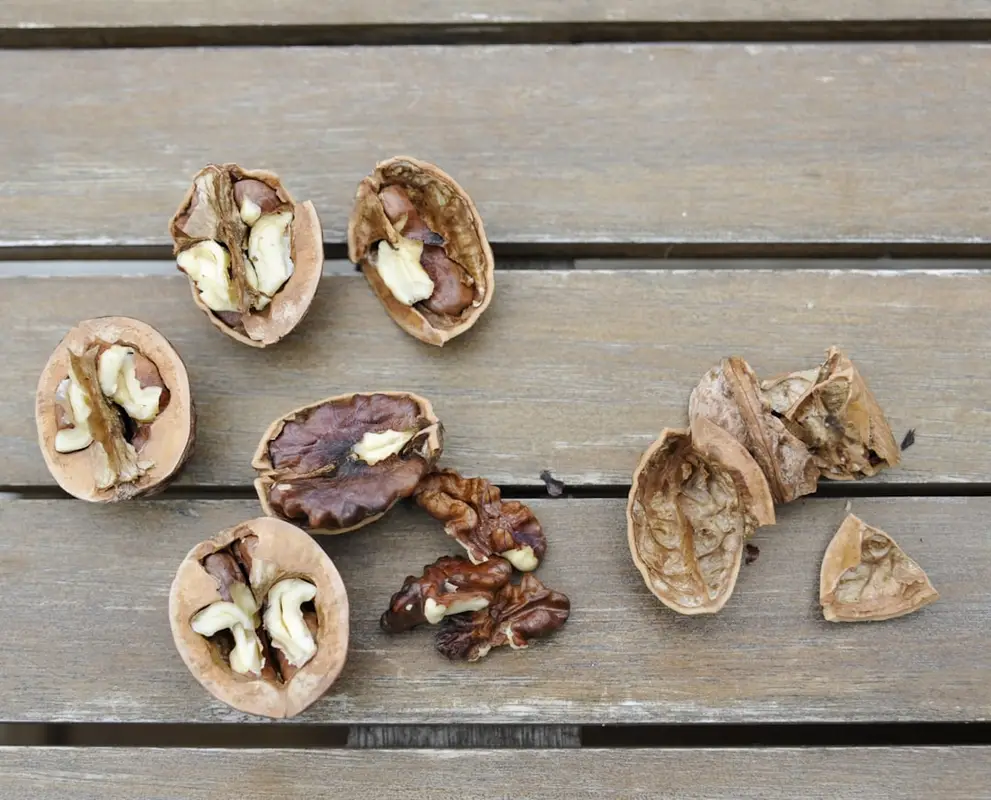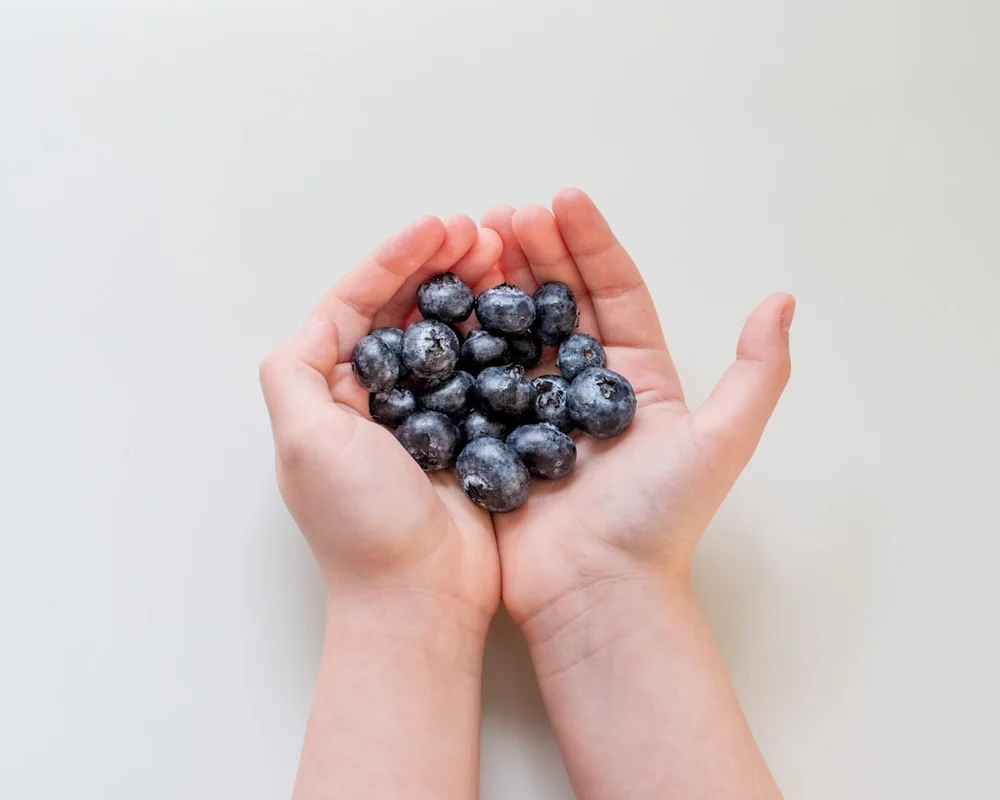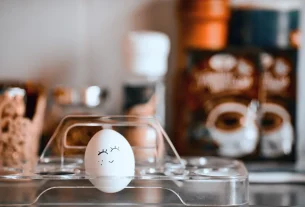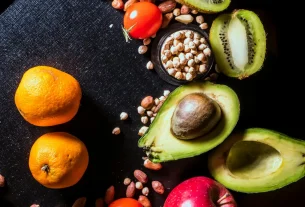Estimated Reading Time: 8 minutes
AA, the allure of a well-stocked fridge and a pantry bursting with goodness! It’s the cornerstone of a truly healthy lifestyle.
But let’s be honest, life gets busy. That’s where the magic of healthy meal prep with natural ingredients comes in.
It’s not just about saving time; it’s about making conscious choices, fueling your body with nature’s bounty, and enjoying every delicious bite.
I’ve been there, juggling work, family, and everything in between, and I can tell you – a little planning goes a long way.
One of the biggest hurdles? The sheer *idea* of it. Where do you even begin? I remember feeling completely overwhelmed the first time I tried.
It felt like a monumental task, requiring a PhD in culinary arts. But trust me, it doesn’t have to be that complicated.
We’re going to break down the process, step by step, so you can embrace the power of prepping your meals the healthy way.
We’ll look at practical tips, share some favorite recipes, and explore the benefits of eating food made with healthy meal prep with natural ingredients.
Are you ready to transform your relationship with food?
So, why bother with meal prepping at all? Isn’t it just another chore? Absolutely not!
Think of it as an investment in your health, your time, and your overall well-being.
Imagine this: you come home after a long day, exhausted and famished. What do you reach for?
If you haven’t planned, you’re likely tempted by convenience foods, laden with processed ingredients and unhealthy fats.
But with a fridge stocked with prepped, healthy meal prep with natural ingredients, you’re already halfway there!
Meal prepping encourages mindful eating. You’re more likely to consume balanced meals when you’ve taken the time to plan and prepare them.
It helps to avoid impulsive decisions based on hunger and stress.
It also gives you more control over portion sizes, which is a huge win for weight management. And let’s not forget the money-saving aspect!
Cooking at home, especially using fresh, whole foods, is often much cheaper than eating out or ordering takeout. It can be quite a revelation!
It helps you stick to your budget and reduces food waste.
The core of healthy meal prep with natural ingredients lies, unsurprisingly, in the ingredients themselves.
Think of your plate as a canvas, and each ingredient as a brushstroke of color and flavor.
Prioritize whole, unprocessed foods – the closer to nature, the better. Embrace a rainbow of colors!
Aim for a variety of fruits, vegetables, whole grains, and lean proteins.
This ensures you’re getting a wide array of vitamins, minerals, and antioxidants.
Here’s a simple framework for building your meals: A foundation of whole grains (quinoa, brown rice, oats), a generous portion of colorful vegetables (broccoli, spinach, bell peppers), a source of lean protein (chicken breast, fish, tofu, beans), and healthy fats (avocado, nuts, olive oil).
Of course, there is room for variety. You can experiment with different herbs and spices.

Try to reduce processed foods, sugar, and unhealthy fats as much as possible.
I’ve found that keeping my pantry stocked with essential staples like canned tomatoes, beans, and olive oil is crucial for last-minute meal creation.
One of the best kept secrets for maximizing flavor and nutrition in your healthy meal prep with natural ingredients is embracing seasonal eating.
When you eat what’s in season, you’re getting produce at its peak of flavor and nutritional value.
Seasonal fruits and vegetables are often more affordable, too, making it a win-win for your health and your wallet.
A great way to start is to visit your local farmers’market. They can be the best way to get fresh, local, and seasonal ingredients.
Okay, so you’re on board with the idea of healthy meal prep with natural ingredients, but how do you actually do it?
The good news is, there’s no one-size-fits-all approach. The key is to find a system that fits your lifestyle and preferences.
Here are some tips to get you started:
Here’s a little tip I learned the hard way: don’t overcomplicate things at first!
Start with a few simple recipes and gradually expand your repertoire. Also, don’t aim for perfection. Life happens!
Some weeks, you might prep more than others. The most important thing is to keep trying and to find a rhythm that works for you.
To get you started, here are a few simple recipe ideas for your healthy meal prep with natural ingredients:
Even the most seasoned meal preppers have stumbled along the way!
Let’s address some common pitfalls to ensure your healthy meal prep with natural ingredients journey is smooth sailing:
The advantages of healthy meal prep with natural ingredients go far beyond simply having delicious meals on hand.
It’s about fostering a healthier relationship with food. It’s about making mindful choices about what goes into your body.
It’s a form of self-care, and you’ll find yourself feeling more energetic, more focused, and more in control of your overall well-being.
This is the power of making a conscious effort to nourish yourself the right way.
As Dr.
Michael Greger, a well-known physician, says, “The healthiest diet is one that is centered around whole, plant-based foods.” This is because whole foods are packed with nutrients, fiber, and antioxidants, all essential for optimal health.
By emphasizing natural ingredients, we are feeding our bodies the fuel it needs to thrive.
It’s about embracing a lifestyle that promotes energy, vitality, and a deep sense of well-being.
I remember when I first started, I was surprised by the impact it had on my energy levels.
I found myself less sluggish in the afternoons, and I felt more motivated to pursue my goals.
Meal prepping also had a positive impact on my mental health. Knowing that I had healthy, delicious food ready to go reduced my stress levels.
I didn’t have to worry about what I was going to eat at the end of the day. Now, meal prep has become a non-negotiable part of my weekly routine.

Healthy meal prep with natural ingredients is not a diet; it’s a lifestyle.
It’s about creating a sustainable and enjoyable way of eating that supports your health goals.
Start small, experiment with different recipes, and find what works best for you.
Embrace the process, celebrate your successes, and don’t be afraid to adjust as you go. The most important thing is to take that first step.
The rewards – a healthier body, more energy, and a happier you – are well worth the effort.
So, what are you waiting for?
Grab your favorite recipes, gather your ingredients, and get ready to embark on a journey towards a healthier, more vibrant you!
Remember, it all starts with a single, well-planned meal.
And don’t forget: every step you take towards prioritizing healthy meal prep with natural ingredients is a step towards a healthier and happier you.
Enjoy the process! Ready to transform your health?
Join our newsletter for weekly health tips!
Frequently Asked Questions
How long can I store prepped meals in the refrigerator?
Generally, cooked meals made with natural ingredients can be stored safely in the refrigerator for 3-5 days, as long as they are properly stored in airtight containers. It is important to label your containers with the date to ensure you consume the food within the recommended timeframe.
This helps to maintain the freshness and nutritional value of your meals and reduces the risk of foodborne illness. For some foods, like cooked grains or certain types of vegetables, the shelf life can be even longer.
However, be mindful of any signs of spoilage, such as changes in smell, color, or texture, and discard the food if in doubt.
What are the best containers to use for meal prepping?
When it comes to meal prepping, the choice of containers can make a big difference. The ideal containers should be airtight to preserve freshness, leak-proof to prevent spills, and easy to clean.
Glass containers are a popular choice because they are durable, oven and microwave-safe, and don’t leach chemicals into your food. However, they can be heavier and more fragile than other options.
Plastic containers, especially those made from BPA-free materials, are a lightweight and budget-friendly alternative, but it’s important to avoid heating them in the microwave if they aren’t specifically designed for it.
Silicone containers offer flexibility and are also microwave-safe, but you’ll want to ensure they’re made from food-grade silicone. Investing in a variety of sizes to accommodate different meal portions is also beneficial.
Can I freeze prepped meals?
Absolutely! Freezing is a fantastic way to extend the life of your prepped meals. It’s an excellent way to ensure that you always have healthy options available, even when you’re short on time. Before freezing, make sure your meals are completely cooled down.
Place them in freezer-safe containers or bags, and label them with the contents and the date. Most meals, especially soups, stews, and casseroles, will maintain their quality in the freezer for up to 2-3 months.
When you’re ready to eat, you can thaw your meals overnight in the refrigerator or reheat them directly from frozen (though it may take longer). Remember that some ingredients, like certain vegetables, may change texture slightly after freezing, but the nutritional value will largely remain intact.
It is always a great way to avoid food waste, so make the most of it.
How do I prevent meal prep burnout?
Meal prep burnout is a common challenge, but there are several strategies to combat it. First, avoid trying to do too much at once. Start by prepping just one or two meals a week and gradually increase the number as you become more comfortable. Secondly, simplify your recipes.
Choose recipes with fewer ingredients and easier-to-follow instructions. Thirdly, make meal prepping a social activity. Invite a friend or family member to join you; this can make the process more enjoyable. Fourth, embrace variety.
Experiment with different cuisines, flavors, and ingredients to keep things interesting. Finally, be flexible. Don’t be afraid to take breaks or to adjust your meal prep routine as needed. The key is to find a system that fits your lifestyle and makes the process sustainable over time.
It is an investment for your health, so be patient with yourself.



